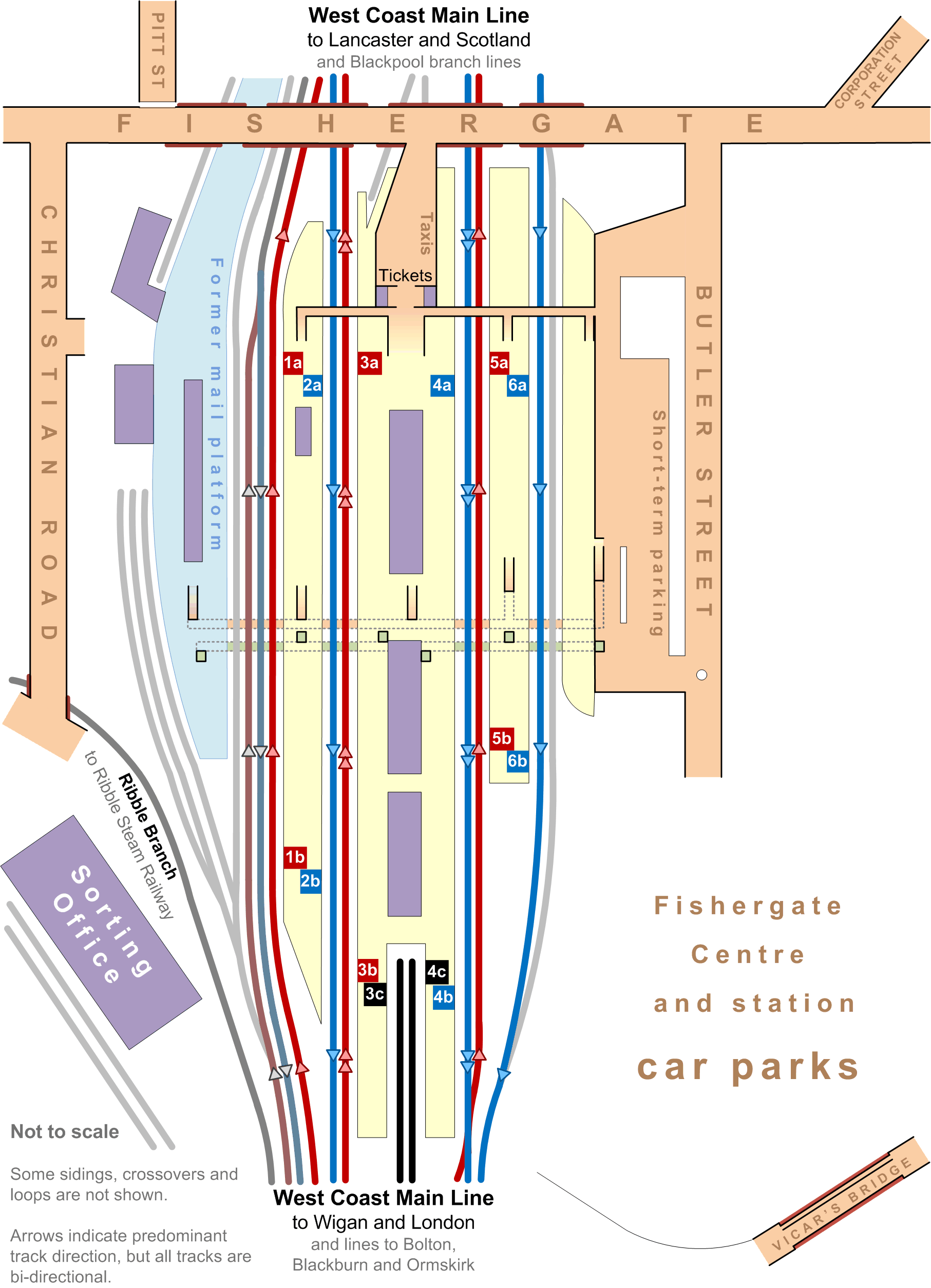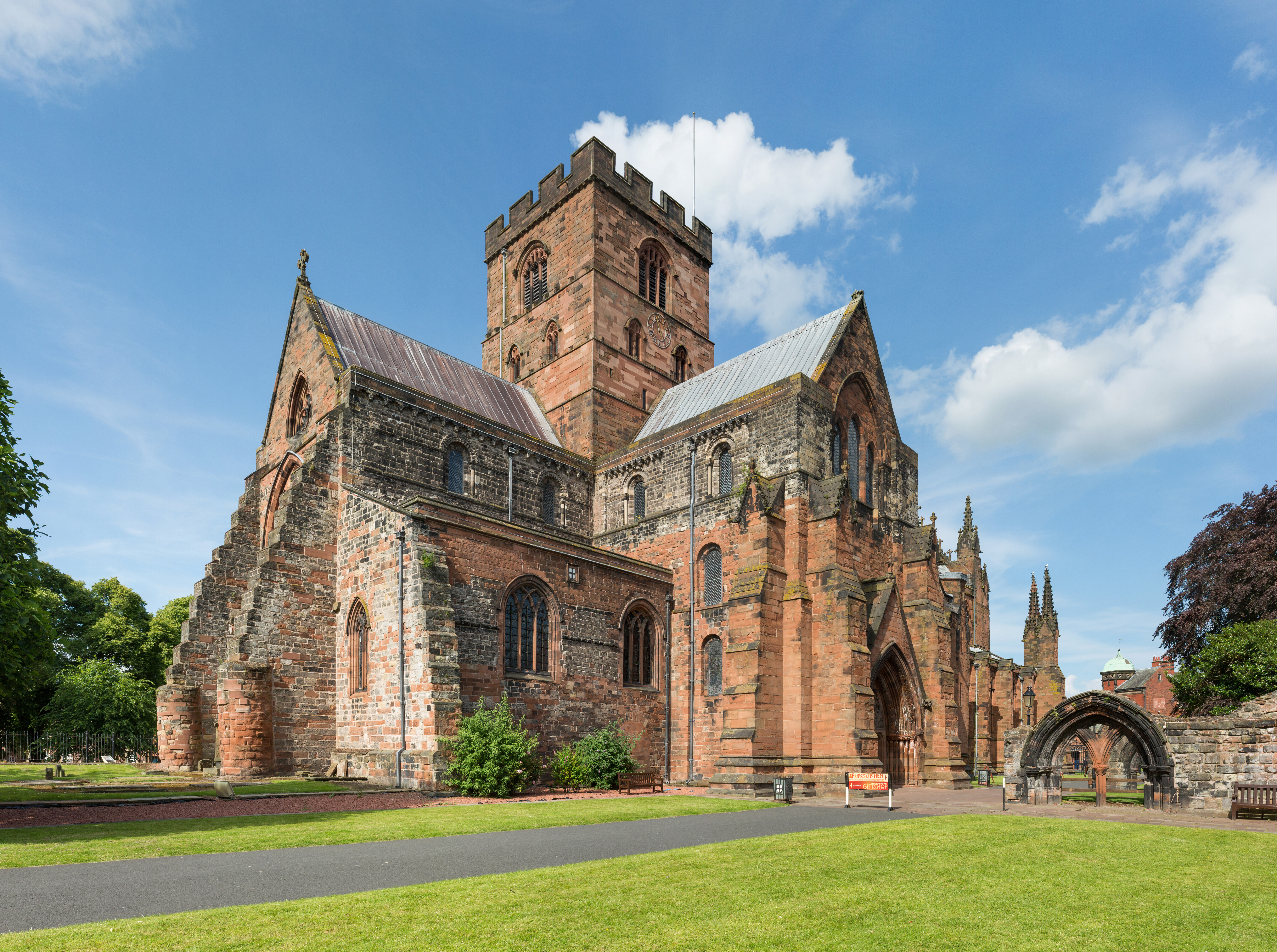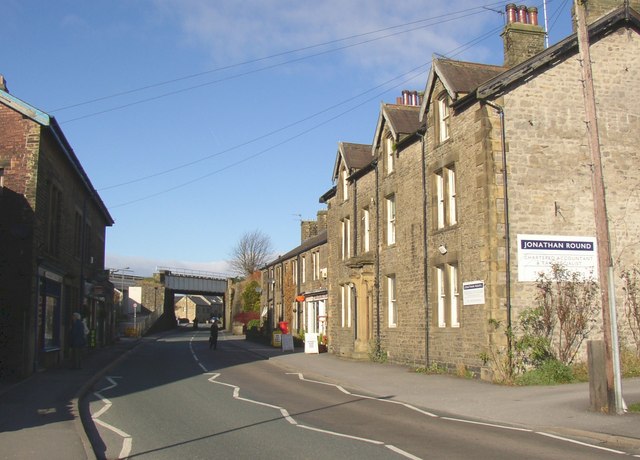|
LMS Stanier Class 5MT 4932
LMS Stanier Class 5MT 4932, is a preserved British steam locomotive. It is one of 18 surviving members of the Black 5 class which had 842 members constructed by five manufacturers. 44932 is the sole remaining member of the class which was built at the LMS's Horwich Works. Overview 4932 was built in 1945 by the LMS at their Horwich Works – works no. 154. It was renumbered as 44932 by British Railways after the 1948 nationalisation of Britain's railways. After completion at Horwich Works it was allocated to Blackpool Central's 24E Shed where it remained for nearly six years until January 1952 when it was transferred to Accrington near Blackburn. Further shed transfers were to follow throughout its career with British Railways including Agecroft - Greater Manchester, Leicester, Annesley and Derby. Its final shed allocation was Rose Grove's 10F shed where it was allocated to in both July 1965 and from March 1966 till its withdrawal in August 1968. Its service life was ju ... [...More Info...] [...Related Items...] OR: [Wikipedia] [Google] [Baidu] |
Preston Railway Station
Preston railway station in Preston, Lancashire, England, is an interchange railway station on the West Coast Main Line, half-way between London Euston and Glasgow Central (206 miles from London Euston, 194 miles from Glasgow Central). It is served by Avanti West Coast, Northern Trains and TransPennine Express services, plus Caledonian Sleeper overnight services between London and Scotland. It is also served by the Calder Valley line to and , and by branch lines to Blackpool, Ormskirk, and Colne. The North Union Railway opened a station on the site in 1838. It was extended in 1850, with new platforms under the separate management of the East Lancashire Railway, and by 1863 London–Scotland trains stopped here to allow passengers to eat in the station dining room. The current station was built in 1880 and extended in 1903 and 1913, when it had fifteen platforms. A free buffet for servicemen was provided during both World Wars. The East Lancashire platforms were demoli ... [...More Info...] [...Related Items...] OR: [Wikipedia] [Google] [Baidu] |
Annesley
Annesley is a village and civil parish in the Ashfield district of Nottinghamshire, England, between Hucknall and Kirkby-in-Ashfield. At the 2011 census, it had a population of 1,162 (including Annesley Woodhouse to the west). Annesley Hall is a grade two listed building, once owned by the Chaworth-Musters family, which has connections to the Byron family of nearby Newstead Abbey. Annesley Old Church was mentioned by Lord Byron and D. H. Lawrence. There is also close by the earthworks of Annesley Castle. The Misk Hills lie to the south of the village. Annesley is part of Nottinghamshire's Hidden Valleys area. The parish is grouped with the neighbouring parish of Felley to elect a joint parish council. The old church of Annesley was dedicated to All Saints. It was allowed to become derelict in the 1940s. Features of interest included the east window of the south aisle, the 13th century sedilia and the 17th century royal arms in stucco.Pevsner, N. (1951) ''Nottinghamshire''. ... [...More Info...] [...Related Items...] OR: [Wikipedia] [Google] [Baidu] |
Carnforth
Carnforth is a market town and civil parish in the City of Lancaster in Lancashire, England, situated at the north-east end of Morecambe Bay. The parish of Carnforth had a population of 5,560 in the 2011 census, an increase from the 5,350 recorded in the 2001 census. The town is situated around 7 miles north of Lancaster, 17 miles south of Kendal, 40 miles east (bisected by Morecambe Bay) of Barrow-in-Furness and 28 miles northwest of Settle. The town is also close to the Cumbria/Lancashire border. Carnforth grew in the 19th century through the presence of the railway and ironworks. Due to the closeness of the coast and the hills, Carnforth is a popular base for walkers and cyclists exploring the area. The River Keer, the West Coast Main Line (WCML), the A6 and the Lancaster Canal pass through the town. The M6 motorway passes just to the east, linked to Carnforth by the A601(M). History The name "Carnforth" is thought to derive from its old function as a ford of the ... [...More Info...] [...Related Items...] OR: [Wikipedia] [Google] [Baidu] |
Shap Summit
Shap is a linear village and civil parish located among fells and isolated dales in Eden district, Cumbria, England, in the historic county of Westmorland. The parish had a population of 1,221 in 2001, increasing slightly to 1,264 at the 2011 Census. Location The village lies along the A6 road and the West Coast Main Line, and is near to the M6 motorway. It is situated from Penrith and about from Kendal. Shap is on the route of the Coast to Coast Walk. Etymology Early (12th and 13th century) forms such as ''Hep'' and ''Yheppe'' point to an Old Norse rendering ''Hjáp'' of an Old English original ''Hēap'' = "heap", (of stones), probably referring to an ancient stone circle, cairn, or to the Shap Stone Avenue just to the west of the village. History Although Shap is geographically a small village, it is legally a market town with a charter dating from the 17th century. The parish was, between 1905 and 1935, administered by an urban district council. At one time, the gr ... [...More Info...] [...Related Items...] OR: [Wikipedia] [Google] [Baidu] |
Carlisle
Carlisle ( , ; from xcb, Caer Luel) is a city that lies within the Northern English county of Cumbria, south of the Scottish border at the confluence of the rivers Eden, Caldew and Petteril. It is the administrative centre of the City of Carlisle district which, (along with Cumbria County Council) will be replaced by Cumberland Council in April 2023. The city became an established settlement during the Roman Empire to serve forts on Hadrian's Wall. During the Middle Ages, the city was an important military stronghold due to its proximity to the Kingdom of Scotland. Carlisle Castle, still relatively intact, was built in 1092 by William Rufus, served as a prison for Mary, Queen of Scots in 1568 and now houses the Duke of Lancaster's Regiment and the Border Regiment Museum. In the early 12th century, Henry I allowed a priory to be built. The priory gained cathedral status with a diocese in 1133, the city status rules at the time meant the settlement became a city. ... [...More Info...] [...Related Items...] OR: [Wikipedia] [Google] [Baidu] |
London Euston
Euston railway station ( ; also known as London Euston) is a central London railway terminus in the London Borough of Camden, managed by Network Rail. It is the southern terminus of the West Coast Main Line, the UK's busiest inter-city railway. Euston is the eleventh-busiest station in Britain and the country's busiest inter-city passenger terminal, being the gateway from London to the West Midlands, North West England, North Wales and Scotland. Intercity express passenger services are operated by Avanti West Coast and overnight services to Scotland are provided by the Caledonian Sleeper. London Northwestern Railway and London Overground provide regional and commuter services. Trains run from Euston to the major cities of Birmingham, Manchester, Liverpool, Glasgow and Edinburgh. It is also the mainline station for services to and through to for connecting ferries to Dublin. Local suburban services from Euston are run by London Overground via the Watford DC Line which ru ... [...More Info...] [...Related Items...] OR: [Wikipedia] [Google] [Baidu] |
Furness Line
The Furness line is a British railway between and , joining the West Coast Main Line at . A predominantly passenger line, it serves various towns along the Furness coast, including Barrow-in-Furness, Ulverston and Grange-over-Sands. It runs through Cumbria and Lancashire. Regional services on the line start from and , while local services start from and Lancaster. The majority of services along the line terminate at Barrow-in-Furness, however some services continue along the Cumbrian Coast Line to , and . The line was constructed by the Ulverston and Lancaster Railway and the Furness Railway between 1846 and 1857, and today has services operated by Northern. Along with the Cumbrian Coast Line, the route is considered one of the most scenic in England. The line was designated a community rail partnership by the Department for Transport in 2012. The line is electrified between Lancaster and Carnforth where the route leaves the West Coast Main Line, which previously allow ... [...More Info...] [...Related Items...] OR: [Wikipedia] [Google] [Baidu] |
Cumbrian Coast Line
The Cumbrian Coast line is a rail route in North West England, running from Carlisle to Barrow-in-Furness via Workington and Whitehaven. The line forms part of Network Rail route NW 4033, which continues (as the Furness line) via Ulverston and Grange-over-Sands to Carnforth, where it connects with the West Coast Main Line. History George Stephenson favoured, and carried out preliminary surveys for, a scheme to link England and Scotland by a railway running along the coast between Lancaster and Carlisle, but this 'Grand Caledonian Junction Railway' was never built, the direct route over Shap being preferred. Consequently, the line along the Cumbrian coast is the result of piecemeal railway building (largely to serve local needs) by a number of different companies: Maryport and Carlisle Railway Carlisle to Maryport Promoted to link with Newcastle and Carlisle Railway to give "one complete and continuous line of communication from the German Ocean to the Irish Sea" ... [...More Info...] [...Related Items...] OR: [Wikipedia] [Google] [Baidu] |
Hellifield
Hellifield is a village and civil parish in the Craven district of North Yorkshire, England (). Historically part of the West Riding of Yorkshire, the village was once an important railway junction on the Settle-Carlisle Railway between the Midland Railway and the Lancashire and Yorkshire Railway, but Hellifield railway station is now a shadow of its former glory. It is situated on the A65, between Skipton and Settle. Hellifield had a population of 1,060 residents at the 2001 census, increasing to 1,426 at the 2011 census. History In the Domesday Book of 1086, Hellifield is mentioned as Helgeflet; meaning 'Holy Marsh or Stream', translated from Anglo-Saxon, the village also could have been dedicated to the Anglo-Saxon Goddess ' Hel'. There is also the possibility that the name derives from the Norse 'The Farm of Helgi'. The village name changed over the years; in the 12th century, Hellifield was referred to as "Nether Hellifield" and in the 17th and 18th centuries the v ... [...More Info...] [...Related Items...] OR: [Wikipedia] [Google] [Baidu] |
Carnforth MPD
Carnforth MPD (Motive Power Depot) is a former London Midland and Scottish Railway railway depot located in the town of Carnforth, Lancashire, England. Completed in 1944 on the site of the former Furness Railway depot, its late construction in the steam locomotive age resulted in its long-term use and conservation by British Railways. Targeted as part of a preservation scheme, when this failed it was developed as major visitor attraction Steamtown Carnforth. Today, closed as a museum, it acts as the major national operational base of West Coast Railways. Importance of Carnforth Carnforth was not an important or well developed village before the Victorian era railway age, but was geographically strategically located to make it so. While supplies of limestone made it interesting, access into Westmorland, the Lake District and the coast of Cumberland beyond made it an ideal transport hub point. Carnforth railway station opened as a single platform wooden structure for access to th ... [...More Info...] [...Related Items...] OR: [Wikipedia] [Google] [Baidu] |
Cricklewood
Cricklewood is an area of London, England, which spans the boundaries of three London boroughs: Barnet to the east, Brent to the west and Camden to the south-east. The Crown pub, now the Clayton Crown Hotel, is a local landmark and lies north-west of Charing Cross. Cricklewood was a small rural hamlet around Edgware Road, the Roman road which was later called Watling Street and which forms the boundary between the three boroughs that share Cricklewood. The area urbanised after the arrival of the surface and underground railways in nearby Willesden Green in the 1870s. The shops on Cricklewood Broadway, as Edgware Road is known here, contrast with quieter surrounding streets of largely late-Victorian, Edwardian, and 1930s housing. The area has strong links with Ireland due to a sizeable Irish population. The Gladstone Park lies on the area's northern periphery. Cricklewood has two conservation areas, the Mapesbury Estate and the Cricklewood Railway Terraces, and in 2012 wa ... [...More Info...] [...Related Items...] OR: [Wikipedia] [Google] [Baidu] |










.jpg)